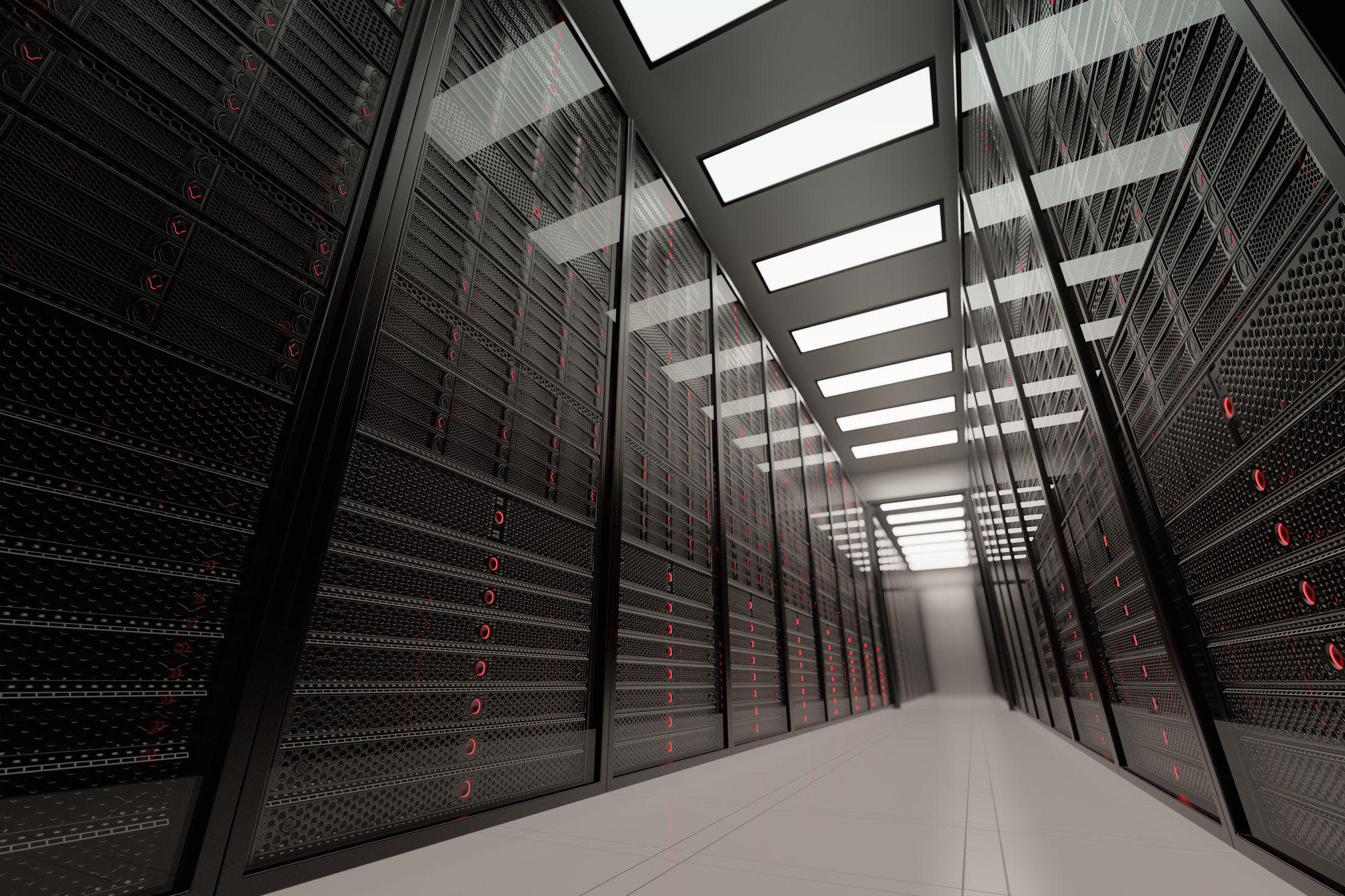
Understanding Converged Vs Hyper- Converged Infrastructure
At one time, traditional IT infrastructure was made up of silos. This included separate hardware systems and individual experts working in storage, systems administration, networking, and software.
But virtualisation has become the dominant technology that now links these silos. Each of those networks and servers are now completely integrated so they can work seamlessly together.
However, there are two distinct ways that can happen - converged or hyper-converged infrastructure.
What is Converged Infrastructure?
Converged Infrastructure (CI) refers to the convergence of storage, computational, and networking infrastructure in a data center. It allows for the creation of a platform for modular deployment of data center resources that can provide enterprise with scaling and stability benefits.
In the converged infrastructure approach, the hardware you get is pre-configured to run the type of workload you select for it such as a database or a specific application. This means it prevents companies from needing to make large investments in physical space for various kinds of hardware.
The main benefit of having a simplified deployment infrastructure is that the preset modular configurations provide great speed and agility boosts when deploying new services. The other major benefit is that validating configurations reduces guesswork and provides templates for new application instances. Costs can be lowered by reducing hours for repetitive installation tasks and system testing.
What is Hyper-converged Infrastructure?
With this approach, software controls all of the resources. Hyper-converged infrastructure (HCI) is similar to CI in that it amalgamates the same variety of IT infrastructure components. But with HCI, the infrastructure is delivered from one vendor by means of software. The software includes a single dashboard where you can manage and deploy your entire IT framework.
Because HCI is software-defined, the infrastructure operations are separated from the physical hardware and the integration between components is tighter than with CI. This makes HCI suitable for a larger range of workloads because the infrastructure can be defined and configured at software level and manipulated to work for specialised workloads or applications.
What are the key differences between CI and HCI?
Here is a rundown of the major differences between the two approaches:
- The nature of CI means you don’t have much flexibility to alter configurations at a later time. In contrast, HCI is more flexible, maneuverable, and scalable than CI. This is because as HCI is reliant on software, it means that companies can start with a certain amount of storage and increase it when needed at relatively low cost. The physical hardware associated with CI means it must be bought and installed when more space is needed.
- CI operates as a plug and play system, where individual blocks are snapped together. It also means that these components can be decoupled from the larger infrastructure and used separately as standalone components if required, for example the server can be removed and used on its own. The overall effect of this is that the CI model is usually cheaper to implement than an a la carte HCI route, which has high upfront costs associated with buying software licenses.
- Because HCI removes the need for discrete IT components, this means there are fewer opportunities for hardware issues to arise. All IT services and infrastructure are essentially combined within a single pool of resources. For smaller enterprise without large, dedicated IT teams, this can be a significant advantage.
The bottom line
Ultimately, there are advantages and disadvantages to both approaches and the best option will depend on the size and nature of your business. While larger organisations can generally benefit from the lower costs of a CI system, smaller enterprises can also make cost savings with HCI by eliminating the need for costly hardware.
Therefore, when deciding which approach to use its important to consider what the greater goals and near term future of the business are. For more information on which infrastructure type might be best for your business, talk to the IT experts at FinXL.
